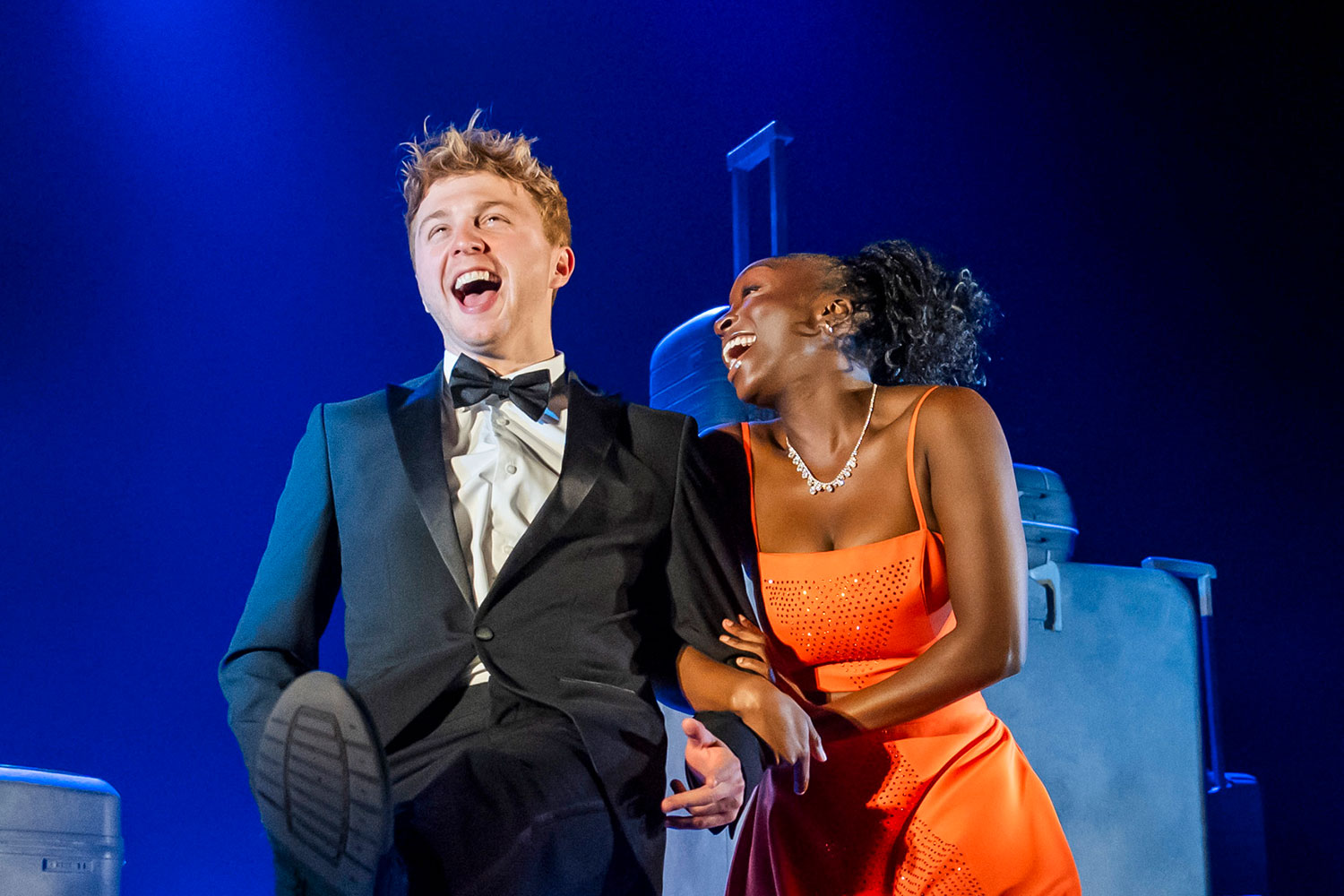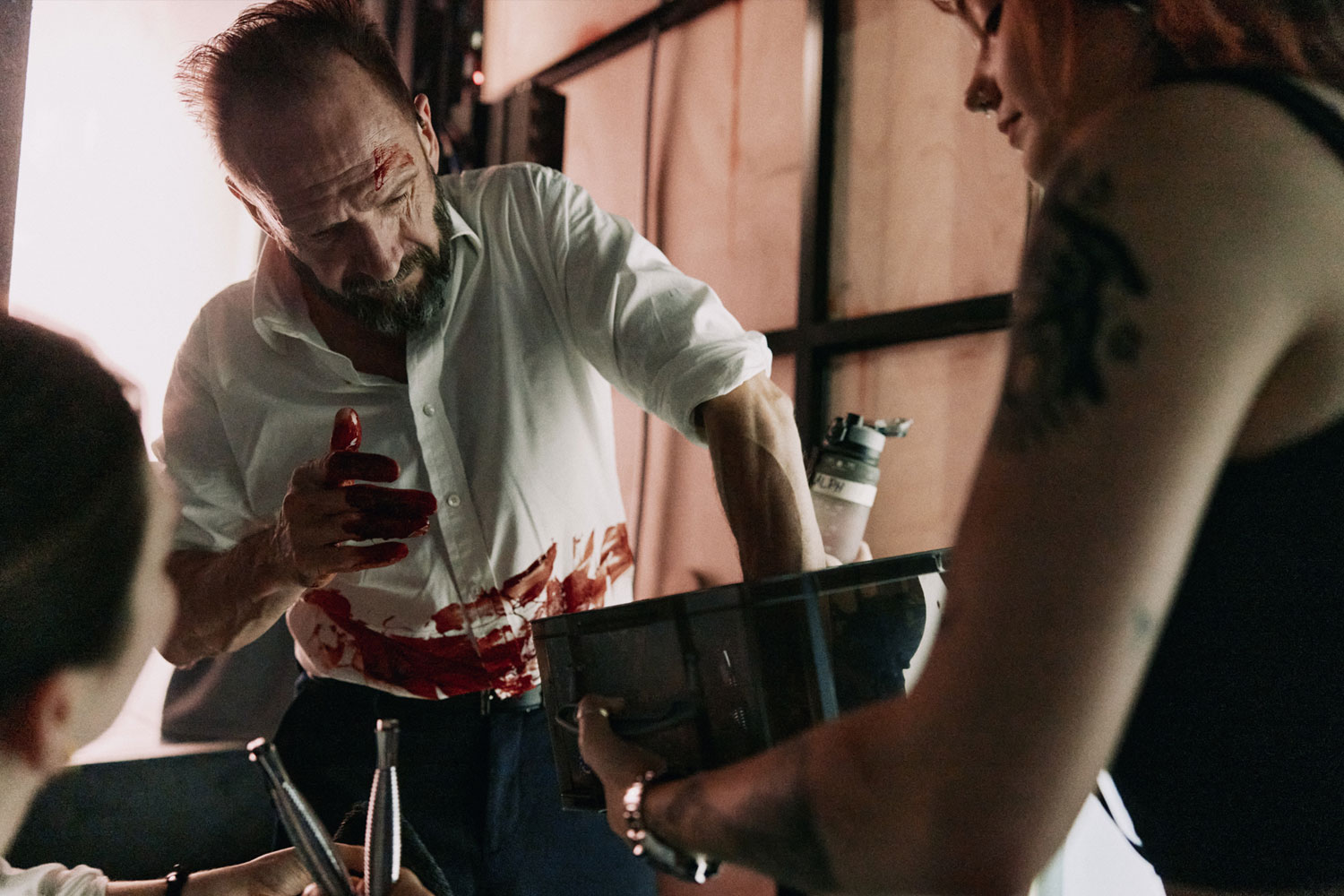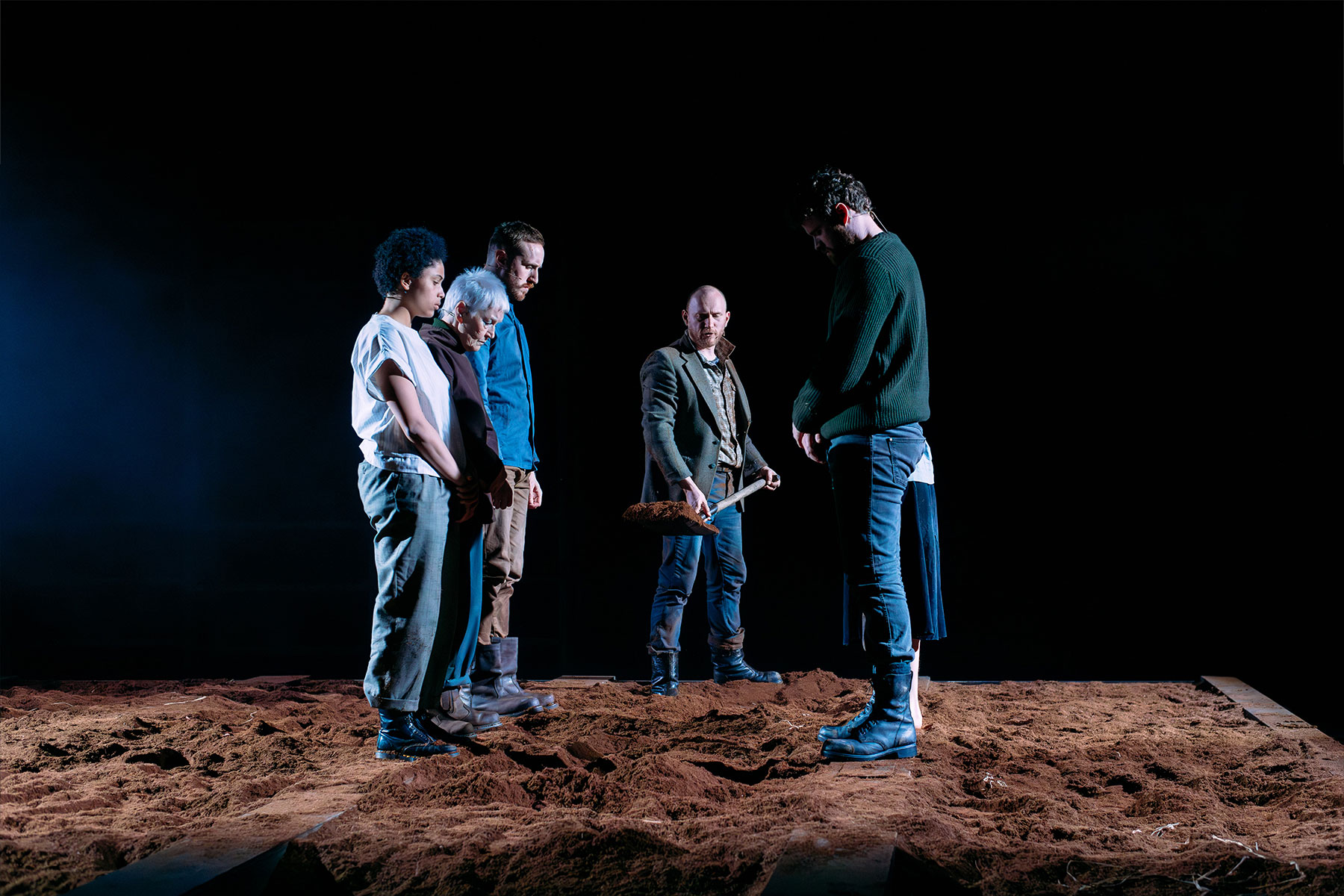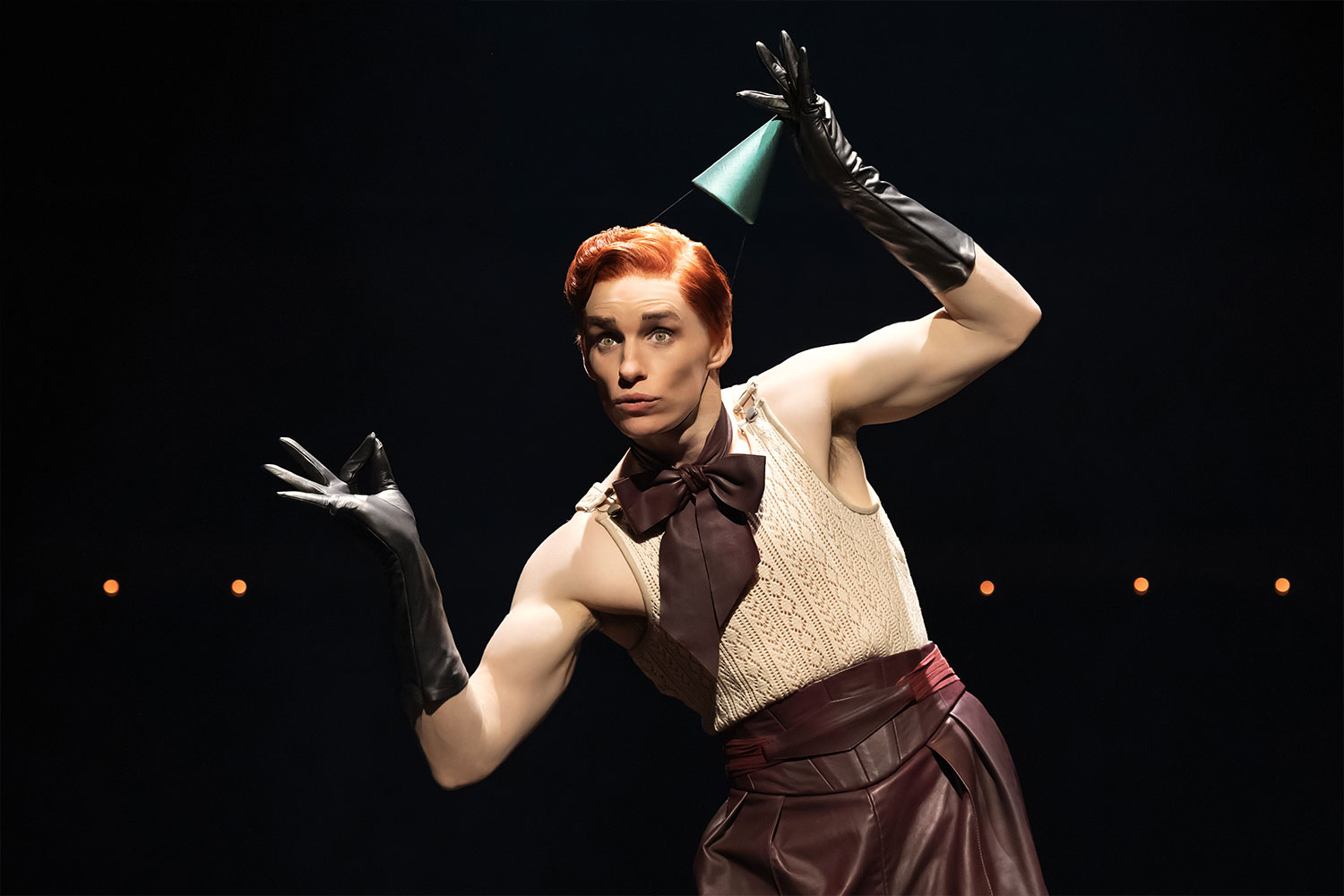Michael Coveney: Are you sitting too comfortably?
On most nights in the theatre, no-one’s complaining about the seating. Being uncomfortable is all part of what theatre-going entails. Do you think in Ancient Greece they stayed away because, my God, that new Aeschylus tragedy and all the rest of the mullarkey with comedians and satyr plays meant we had to sit on a stone brick for nine hours?
The Trafalgar Studios’ second space is an awkward coffin of a venue, and I’d hate to be there when a fire broke out. But its recent season of little known European dramas staged by promising new directors has been genuinely eye-opening. The trouble with the Trafalgar – apart from the discomfort in both spaces; the new Macbeth is to be given in a reconfigured auditorium – is that it claims to be a “West End” venue, with prices to match, when it rarely seems like one, and certainly not in the smaller space.
And it was probably unwise of the new St James to open with seating that could only guarantee leg room acceptable to a junior school outing or a conference of dwarves. But being trussed up in discomfort is probably good for you, and certainly a spur to improved physical health.
When I saw Wicked on Broadway, the theatre was packed with super-sized tourists from Milwaukee, and no-one asked for their money back. And I bet one or two went home and cut down on the burgers before they came back for more.
But now some very tall American bloke is planning to post internet information on every seat in the West End so that you know what you’re getting when you book. The trouble with this is that the properties of a seat in relation to the rest of the auditorium, and the stage itself, change with the design of each production; and change even more drastically in relation to whom you’re sitting next to or behind, and there’s no legislation or information that can ever affect that.
Tim Sullivan, the self-appointed seating commissar, wants www.SeatPlan.co.uk to become an invaluable booking tool for theatregoers: “Anyone who’s had a night at the theatre ruined by cramped knees, a pillar blocking their view of the stage or having to lean forward over a safety railing, needs SeatPlan!” he cheerfully claims.
But leaning over a dress circle railing (as I did) to see a matinee of Cabaret at the Savoy, for instance, is probably the best way of seeing that show; and being stuck behind a pillar (or an extremely large playgoer) is certainly the best way of seeing (or not seeing) Viva Forever!
And, let’s face it, if you’re going to see Rupert Everett as Oscar Wilde in The Judas Kiss – and you really can’t afford not to – you’re going to want to see it however distressing the state of the Duke of York’s theatre and poky the view of the stage from the back of the stalls.
The worst thing that’s happened in cinemas recently is the surplus of attention paid to “customer comfort” in independent chains such as the Everyman group, which provide sofas, waiter service and prices to match. This induces bad behaviour and sloppy manners; the last thing you want happening next to you while enjoying Helen Hunt dispensing sexual therapy in The Sessions (and what a brilliant film!) is some raunchy couple next door making out therapeutically themselves while sipping over-priced martinis.
No, hard benches, broken chairs and smelly loos are what we want in the theatre: and scoring high on all fronts are most West End theatres as well as fringe venues where you expect no better such as the Union in Southwark or the Finborough in Earl’s Court.
The more radical the theatre, the more “comfortable,” paradoxically, it becomes, and standing guilty on this charge are the Young Vic, the Royal Court and indeed the National Theatre, where Simon Stephens‘ compelling tale of misery and dejection in Stockport can hardly bring itself to utter the first syllable of its own location (Port, it’s called) while playing to comfortably fed and watered middle-class customers in the spacious seating of the Lyttelton; all this luxury still didn’t prevent the people in front of me leaving at the interval last night. But I doubt if they were sufffering from cramped knees or stiff necks.
And the most desirable seats in the theatre? The “fauteuils” as they are called, or “armchairs” at the Comedie Francaise in Paris. You can always see absolutely everything on the stage, but you rarely do, because the seats are so gloriously comfortable, and Paris so gastronimocally beguiling, of course, that you invariably have a jolly good snooze, especially if it’s a mid-week matinee and they’re doing some high-flown posh tragedy by Corneille or Racine.










